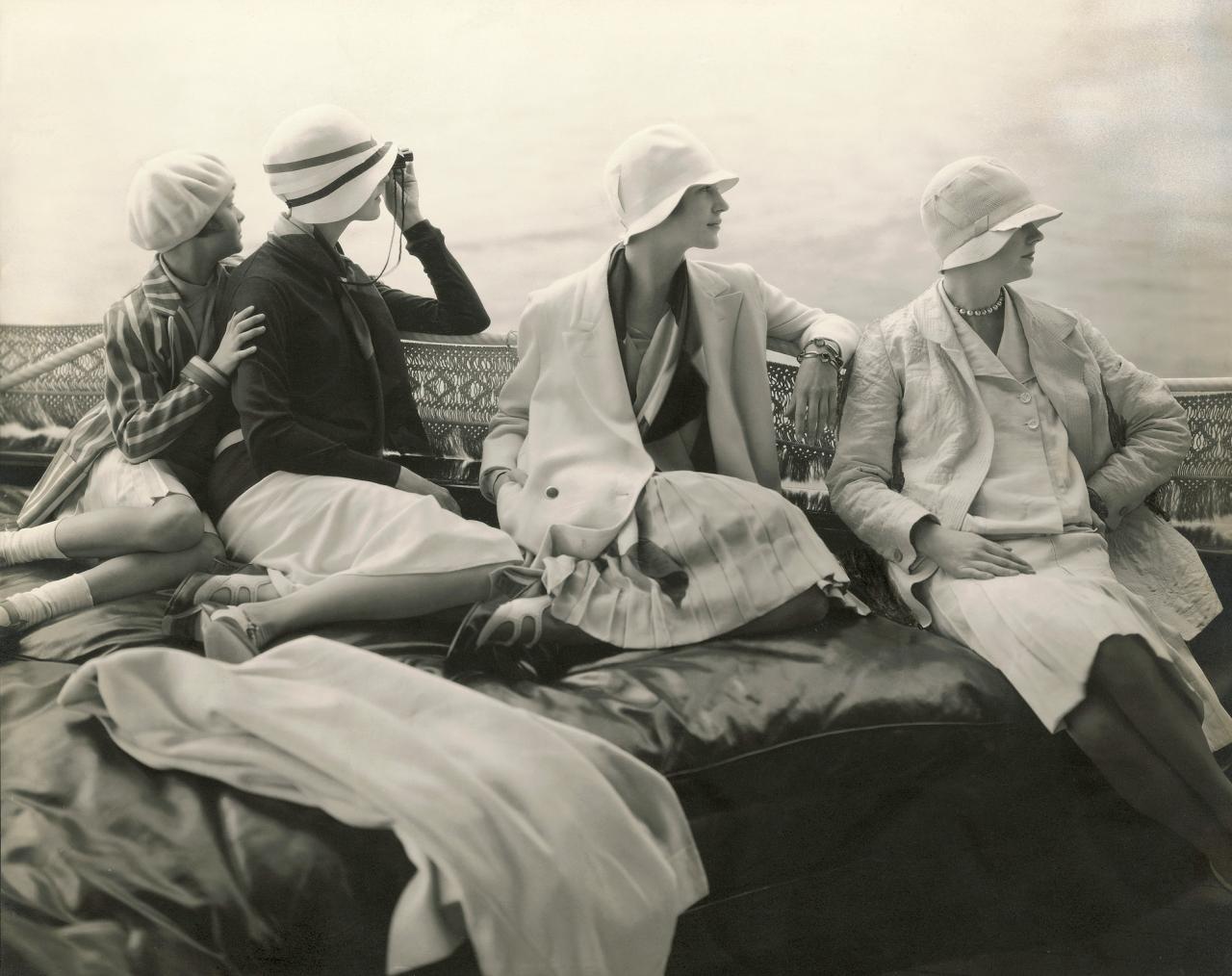Delivery and Returns
Shipping
We are pleased to offer Free Worldwide Delivery on all orders.
Please refer to our Shipping Policy for further details.
Customs & Duties
In most countries, duty does not apply when purchasing antiques aged over 100 years old.
You may be liable to pay local taxes on imported goods.
See further details in our FAQ page.
Returns
We have a 14 day return policy and customers are liable for their own postage.
We cannot accept rings that have been re-sized.
Please refer to our refund policy page for further details.

ABOUT THE ERA
Art Deco Jewellery
Jewellery in the Art Deco era (1920s-1930s) is renowned for its bold, geometric designs, vibrant colours, and luxurious materials.
This period marked a departure from the fluid, organic motifs of Art Nouveau, embracing a modern, machine-inspired aesthetic that reflected the cultural and technological innovations of the time.





















